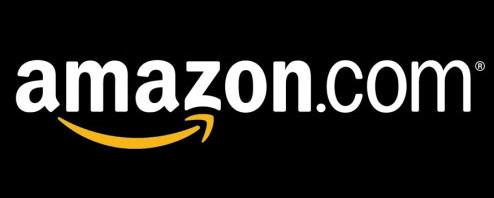Considering people aged 34 and under are more likely to shop online than older generations, online retailers have an advantage over brick-and-mortar retailers when it comes to wooing millennials, according to Mintel.
Millennials, consumers between the ages 18 and 37, account for 21 to 25 percent of consumer discretionary spending and are officially the largest consumer generation in the United States. That means that brands hoping to get a piece of that action must have a great online presence.
Millennial-loved brand Amazon.com took its sales from $25 to $75 billion between 2009 to 2013. Much of that success stems from its relationship with millennials. According to Mintel, 41 percent of 18-24 year olds and 41 percent of 25-34 year olds reported that they have purchased from Amazon. Older generations are under 32 percent. That being said, most retailers don’t have the same clout, money or resources as Amazon, but that doesn’t mean they can’t take a page from the online retail giant’s playbook. Below are three things your online presence can learn from Amazon.
Be unique
Millennials, like all consumers want fair prices, but what they crave even more are unique experiences. While millennials know they can buy just about anything on Amazon.com, the site does a great job featuring out-of-the box items and just recently launched a home service program. The recommendation system, called Amazon Home Services, debuted across the nation after several months of testing in New York, Los Angeles and Seattle. The system allows people to book professional services for their homes, including plumbing, yard maintenance and more. Amazon is now the only site where you can book a plumber, buy a sweater and get a goat (though we can’t guarantee the goat will be wearing the sweater).
Amazon Home Services is also unique in the fact that it doesn’t make customers pay to book services. Although the company does collect a 10-20 percent commission from the professionals.
How to do it: Look for ways you can be unique while staying within your brand authority. For example, Amazon was already winning with selling and shipping products, so it made sense to extend its offering to home services.
Be useful
Amazon knows its users shop the site because it’s fast and easy. As a result, the brand is always looking for ways to be even more useful. For example, launching Amazon Prime was one of its most lucrative moves. Consumers, especially millennials, hate to pay for shipping and the site knew it was deterring them from shopping online. While the membership fee is $79 a year, millennial consumers are willing to pay that up front in exchange for their savings on shipping costs throughout the year.
How to do it: Think about what is missing from your customer experience. What do they need? How can you make their lives easier?
Be Innovative
Millennials describe themselves as innovative and want to be associated with innovative companies.
“They are a generation steeped in innovation,” said Mark Logan, SVP of Innovation at Moonshot, an innovation lab in Kansas City. “This generation has witnessed the rise of the PC, the Internet, the Web, social media and mobile–some of the most transformative innovations in history. They’ve come to expect world-changing innovation as the norm, and they believe that innovation is one of the most important purposes of a company. So, they’re drawn to brands that deliver innovation and scorn brands that don’t.”
Amazon innovates constantly. First, it was Amazon Prime; now it’s Amazon Dash, which the online retailer released March 31. The small electronic device, connected to Wi-Fi comes emblazoned with the name of a product that often runs out. Customers can press the button to send a message to their Amazon accounts to automatically order more.
How to do it: Think about ways to incorporate technology into your customer experience. Millennials love the novelty of new technology but remember, they only like it if they find it useful.


